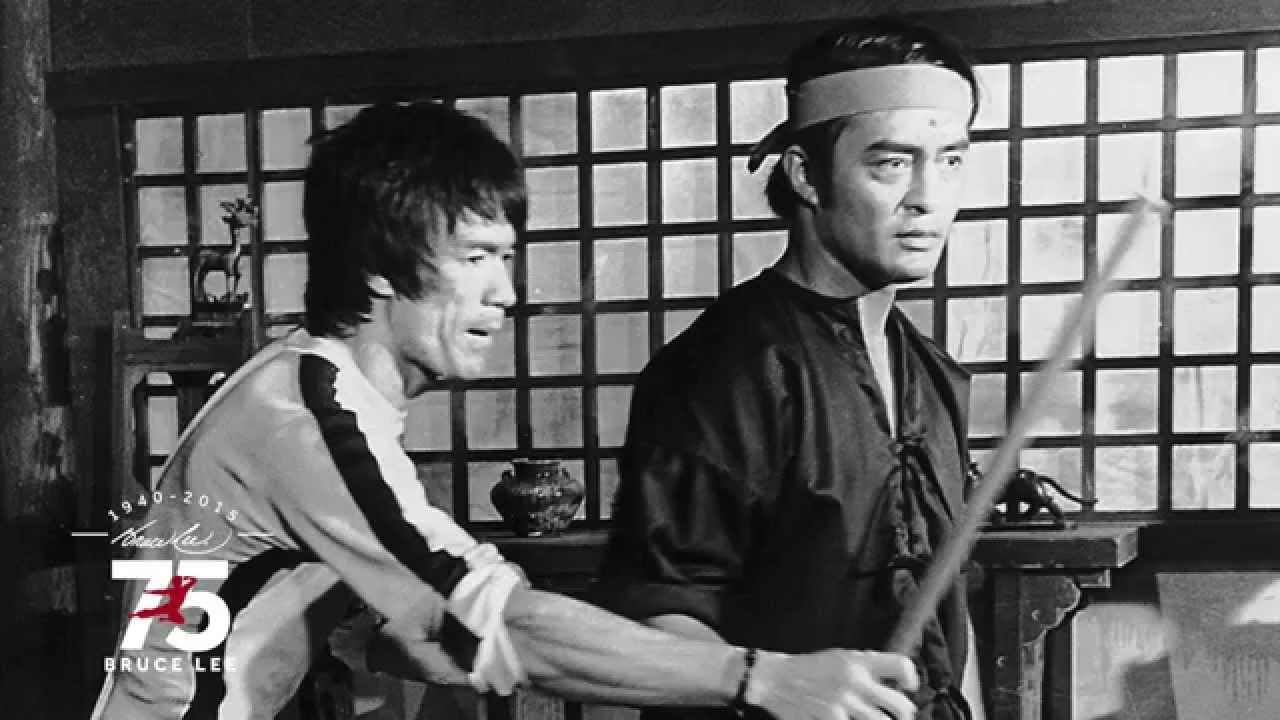That fateful punch to the solar plexus during sparring. I was a yellow belt just learning to spar with my fellow students. As a young man, I wasn’t athletic or coordinated. I held my hands up as the instructor taught in class. I moved around to become a more challenging target to hit before I knew it; bam! Everything stopped. I couldn’t breathe. I crumpled up like a pile of wood blocks falling to the floor. It was the most uncomfortable feeling I had up to that point. All I could do was stand there wondering how to breathe.
Where do most people like to hit? The head. What is the best target to hit first? The hands. What’s the second? Ask a hundred people, and you may get several different answers to these questions. The trained Kempo warrior knows it is the body, primarily the solar plexus. The body houses the lungs, and the lungs run the body. Take out this essential function, and the fighter will stop fighting.
The Bad Target
The body is the best secondary target. “What about the head?” you ask. The head is thick and boney, the skull is the densest bone in the body, and it’s nimble. It’s naturally guarded as well by the other limbs and the brain. Still, many people like to hit the head for dramatic and demoralizing effects. Barehanded strikes to the skull will likely result in bone fractures in your hand. If you are Mike Tyson or a golden-glove boxer, a punch to the head will knock an opponent out. I assume you’re not that skilled.
Harden The Weapon
Some systems train extensively on breaking the skull bone or any bone. Bricks and coconuts are examples of this type of break training. If you can break a brick or coconut, you can crack the skull – so the theory goes. What breaking bricks develop is toughness in the hand or foot, your weapon. You forge the ability to hit very hard and minimize the impact damage to your hand or foot.
The Body And The Breath
The body is better because it has more organs to damage. It’s larger and easier to hit. Each hit impacts the vital organs and breathing system. A few bruised ribs will slow the opponent down. Rib damage makes breathing difficult. That slows down response time, creating more openings for your attacks. Strikes to the liver can end the fight just like a knock-out.
Conclusion
Breath is the basis for everything; you need air to live, walk, and think. Air keeps you calm. It’s critical for cardiovascular activities like fighting, thinking, or running. You have won if you take these activities away from the enemy.
Each hit to the body and ribs takes some of the air out of the enemy. Do it enough; they start to fatigue from disrupted breathing. When he can’t breathe properly, he’ll begin to surrender or slow down to gain time to breathe. You have stolen his wind, and now you own the confrontation.
To get to this stage of the fight where you can strike the body, you need to hit the first target and defang the snake by destroying your opponent’s weapons—his hands and feet.
Want to steal the wind out of your mugger? Take our Kicks and Sticks Program to learn powerful Kickboxing and effective Self-Defense. New classes start monthly. Join now.



